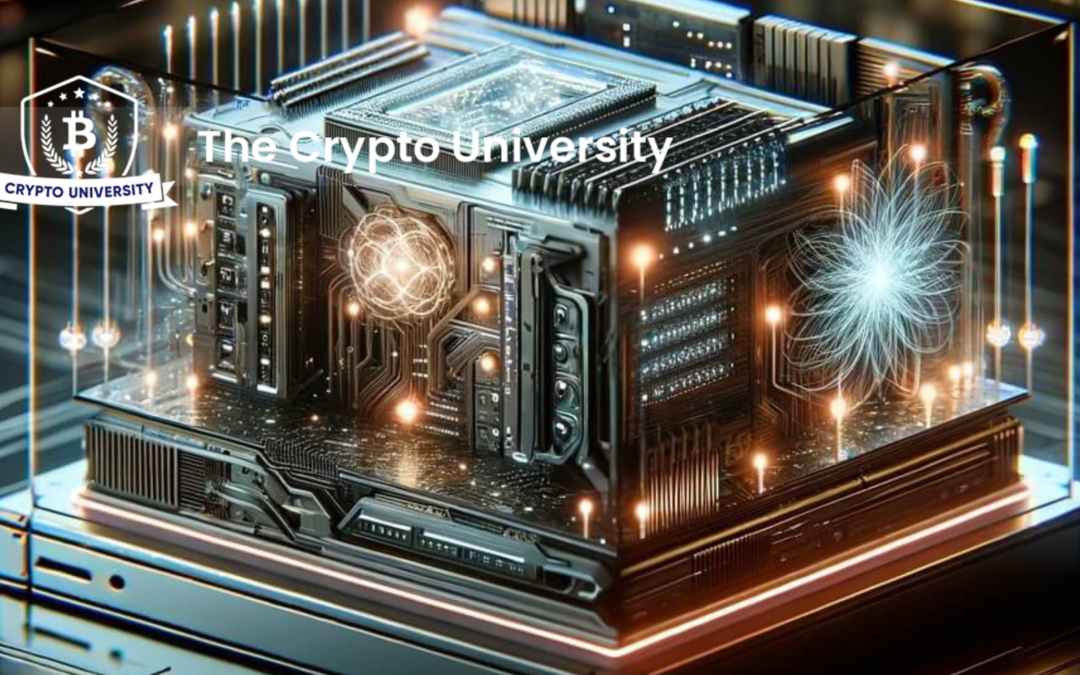Contents
- 1. Democratizing large models
- 2. Efficiency through model techniques
- 3. Specialization at the system level
- 4. Integration benefits and flexibility
Breakthroughs in Generative AI Hardware are pushing the boundaries of cost, accessibility, and efficiency while also overcoming the challenges presented by the exponential increase in large language model (LLM) sizes. Leaders in the business recently discussed their approaches to tackling these urgent issues in a panel discussion.
Senior VP of Products at SambaNova Systems, Marshall Choy, emphasized the importance of memory architecture in lowering the cost of employing LLMs. The attention has switched to memory as the bottleneck as LLMs claim parameter counts in the billions or trillions. Using a three-tier memory architecture, SambaNova Systems can handle capacity, bandwidth, and latency all inside one system. The key component of this novel strategy, which intends to cheaply expand the use of LLMs, is memory efficiency.
- Large language models become more accessible because to the innovative use of memory architecture in generative AI technology.
- With its “composition-of-experts” approach, SambaNova democratizes huge models by providing efficiency without prohibitively high costs.
- Decoupling model design from training hardware allows Tenstorrent to optimize performance and make sure models are suitable for real-world applications rather than merely training.
Democratizing large models
The growing size of LLMs poses a serious barrier to accessibility. Models with more than a trillion parameters are too expensive to run and can only be used by a small number of people because of the related hardware and operational costs. A revolutionary idea called “composition of experts” has been created by SambaNova Systems to make huge models accessible to a larger audience.
This method departs from the traditional “mixing-of-experts” paradigm, which breaks down challenging predictive modeling issues into smaller assignments. Rather, SambaNova creates a trillion-parameter composition-of-experts model by training domain expert models for accuracy and task relevance. This model minimizes computing latency and lowers training, fine-tuning, and inferencing costs while allowing for continuous training on fresh data without compromising previous learning.
Efficiency through model techniques
The link between the model architecture and the hardware it operates on is just as important to the efficiency of generative AI technology as the hardware itself. Breaking the feedback loop where a model’s architecture is affected by the hardware it is trained on is crucial, according to Tenstorrent’s Matt Mattina, vice president of AI hardware and models.
Tenstorrent uses methods similar to hardware-in-the-loop network architecture search, enabling trainers to designate the hardware for inference during training. This paradigm change makes sure that models are optimized for the eventual inference machine rather than the training machine, resulting in more effective models for real-world applications.
Specialization at the system level
As AI continues to advance, it presents difficulties to strike a balance between system adaptability and specialized processors and bespoke silicon. Ampere Computing’s Chief Product Officer Jeff Wittich presents an argument in support of system-level specialization. According to him, this method offers the freedom to combine different parts to create adaptable systems that may change quickly in response to the AI hardware market.
It usually takes several years to develop and release new hardware. The goal of Ampere’s collaboration with businesses to create different inferences and training accelerators is to strike the ideal balance. Ampere sees increased efficiency and performance by combining general-purpose CPUs with task-specific accelerators.
Integration benefits and flexibility
Wittich highlights the importance of integration, which should ideally enhance performance and efficiency without sacrificing flexibility. The fusion of general-purpose CPUs with specialized accelerators is seen as a promising avenue. Over time, the tight integration of these accelerators with CPUs is expected to further optimize AI workloads. The key principle remains integration should enhance capabilities without imposing restrictions.
